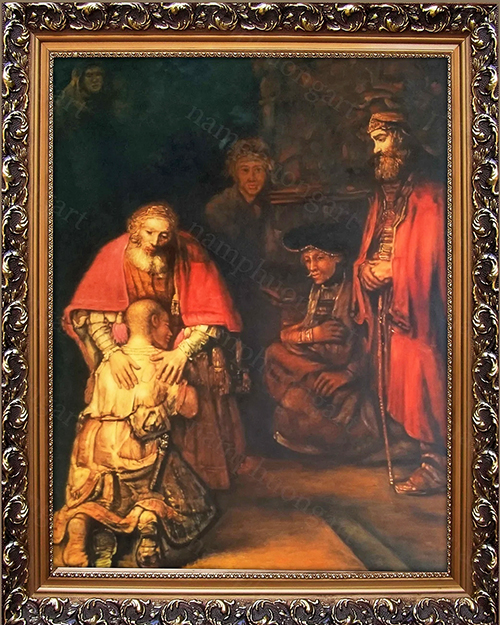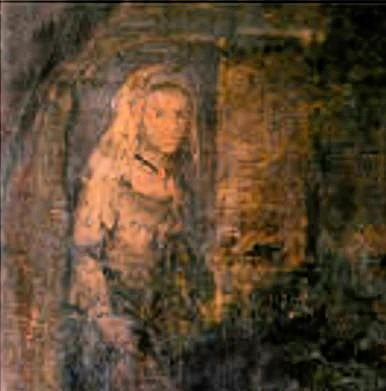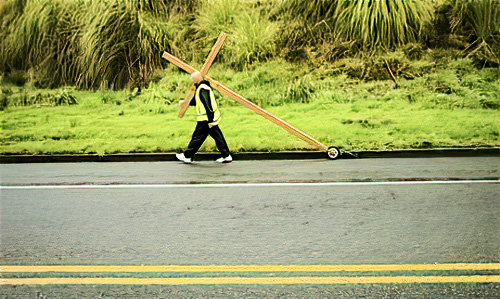
There is a tendency among some religious people to think that God owes them something. They imagine God as being like a typical employer. If we do the work, then in justice our employer owes us our wages. God owes us a reward in heaven provided we serve faithfully on earth. This is a very understandable attitude. However, it introduces a mercenary attitude into what is supposed to be a love affair between God and us.
The fundamental truth about Christianity is that it is a religion of grace and not of merit. Salvation cannot be earned. We can never put God in our debt. But we don’t have to. God is our Original Parent. We are the Original Parent’s children. Children do not do the will of their parents for the sake of rewards. They do it because they want to try to return their love for them.
It comes as a great relief to discover that we don’t need to prove ourselves to God. We don’t have to earn God’s love. God loved us long before we could have done anything to deserve it. And God loves us even when we are sinners! Our responsibility is to love in return.
We don’t keep the commandments so that God will love us; we keep the commandments because God loves us.
The Good News might be summed up like this: a generous God wants disciples to serve out of love, not out of duty. Hence faith is not enough; we need love too. While faith makes all things possible, love makes all things easy. Salvation is a gift, not a wage.
Nikos Kazantzakis, the great Greek writer, tells a story of an elderly monk he once met on Mount Athos. (Mount Athos is a mountain and peninsula in north-eastern Greece and an important centre of Eastern Orthodox monasticism). Kazantzakis, still young and full of curiosity, was questioning this monk and asked him: “Do you still wrestle with the devil?” “No,” replied the old monk, “I used to, when I was younger, but now I’ve grown old and tired and the devil has grown old and tired with me.” “So,” Kazantzakis said, “your life is easy then? No more big struggles.” “Oh, no!” replied the old man, “now it’s worse. Now I wrestle with God!” “You wrestle with God,” replied Kazantzakis, rather surprised, “and you hope to win?” “No,” said the old monk, “I wrestle with God and I hope to lose!”
The illustration is by the artist Umberto Verdirosi, born in the Italian region of Piedmont. He is self-taught, a free spirit. He defines himself as modern, not modernist. The title of this painting is “The Intruder”.




